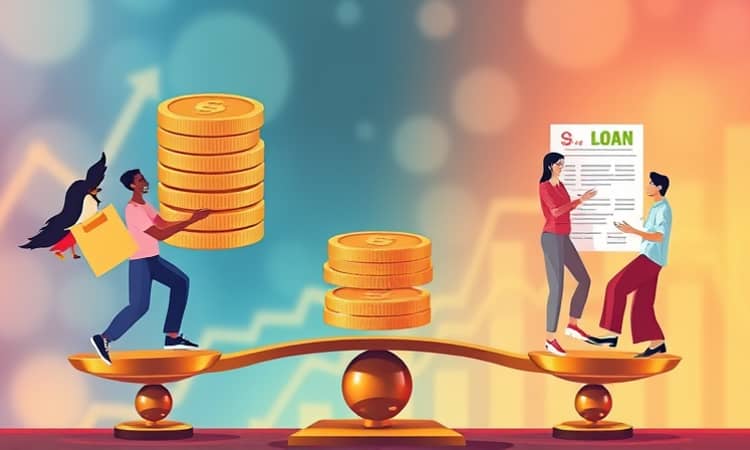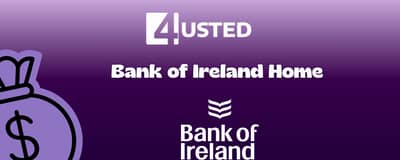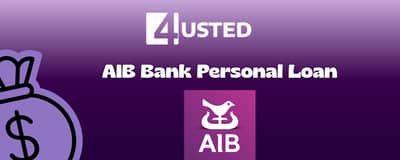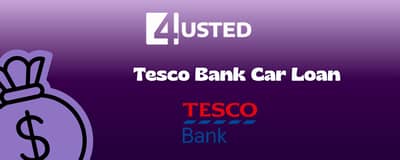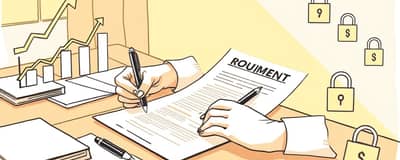In a landscape where consumer debt continues to rise, personal loans have become a versatile option for many Americans seeking financial flexibility. With 24.6 million borrowers owing $253 billion as of Q1 2025, these loans represent a significant portion of non‐housing debt. Whether used for debt consolidation, emergency spending, or planned projects, understanding how personal loans operate—and their potential impact on your credit, cash flow, and well‐being—is essential for responsible borrowing.
What Are Personal Loans?
Personal loans are typically unsecured installment loans that borrowers repay over a fixed term. Unlike mortgages or car loans, these loans do not require collateral, which makes them accessible but often more expensive. Federal credit unions cap rates at 18%, while banks and online lenders may offer APRs ranging from 5.99% to 99.99%, depending on creditworthiness and loan size.
In Q1 2025, the average personal loan balance per borrower stood at $11,631, with a delinquency rate of 3.49% for loans 60+ days past due. These figures underscore how widely personal loans are used—and the importance of managing them carefully.
How Personal Loans Work
Applying for a personal loan involves submitting an application to a bank, credit union, or online lender, followed by a credit check and underwriting. Approval times can range from hours to several days, with funded amounts up to $100,000. Once approved, borrowers receive a lump‐sum payment and begin making fixed monthly payments that cover principal and interest.
Interest rates vary widely across lenders and credit scores. Low‐risk borrowers may secure rates near 5.99%, while those with fair or poor credit may incur APRs exceeding 30%. Comparing offerings from multiple institutions can help you secure the most favorable terms.
Comparing Loan Options
Before committing, comparing loan types side by side is crucial. The table below highlights typical APRs, delinquency rates, and average balances for common unsecured credit products:
This overview demonstrates that while personal loans generally carry lower rates than payday loans and credit cards, careful planning is still necessary to avoid costly debt.
Benefits of Responsible Borrowing
When used strategically, personal loans can:
- Consolidate high‐interest credit card balances
- Cover emergency medical or household expenses
- Finance large planned purchases or projects
By improve cash flow and reduce interest through a lower APR, borrowers free up monthly budget space and simplify repayment schedules. Responsible use may also help diversify your credit mix, potentially boosting your credit score over time when payments are made consistently.
Risks and Financial Health Impacts
Unsecured debt, such as personal loans, carries inherent risks. Research links mounting debt to adverse health outcomes, including increased heart rate, sleep disturbances, and compromised immune function. It increases risk of depression and anxiety, particularly when payments become overwhelming.
Delinquency can damage your credit profile, provoke collection actions, and incur late fees. High balances relative to income intensify stress, demonstrating a clear dose‐response pattern: the larger the debt load, the greater the health toll. Ultimately, elevated financial stress harms well-being, underscoring the need for mindful borrowing.
Alternatives and Smart Strategies
Before applying for a personal loan, consider all options and compare rates, fees, and terms closely to select the most cost-effective solution.
- Balance‐transfer credit cards with introductory 0% APR
- Home equity loans or HELOCs for homeowners
- Credit union loans, often featuring lower rates
Each alternative carries its own eligibility criteria and risk profile. Balance transfers may impose fees, while home equity loans require collateral. Evaluate your credit, repayment capacity, and long‐term goals before deciding.
Policy and Socioeconomic Context
Broader economic and policy factors also shape personal loan demand. Studies show that expansions in EITC, Medicaid, and SNAP benefits correlate with reduced reliance on high‐interest debt. COVID‐19 relief measures temporarily displaced many short‐term lenders, easing household financial strain.
Advocacy for higher minimum wages, universal health coverage, and strengthened consumer protections can further mitigate the need for risky borrowing. In many cases, public benefits can ease borrowing pressure by providing a safety net during hardship.
Best Practices for Borrowers
To guard your financial health and credit standing, adopt these habits:
- Shop multiple lenders to find competitive APRs
- Monitor and improve your credit score regularly
- Review all fees, penalties, and prepayment terms
- Establish a realistic repayment timeline
It is vital to maintain clear repayment plans and budgets. Consistency in monthly payments not only reduces overall interest paid but also shields against the stress and potential health effects of missed deadlines.
In conclusion, personal loans can be a powerful tool for managing debt, financing important life events, and smoothing cash flow—provided they are used with intention and care. By weighing benefits against risks, exploring alternatives, and following best practices, you can harness the advantages of unsecured credit while protecting your financial and physical well-being. Thoughtful borrowing ultimately fosters resilience, empowering you to meet your goals without sacrificing your peace of mind.

